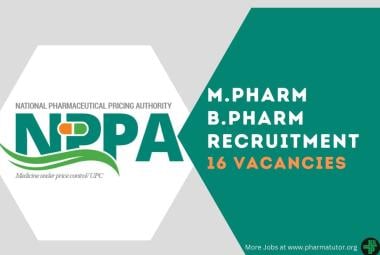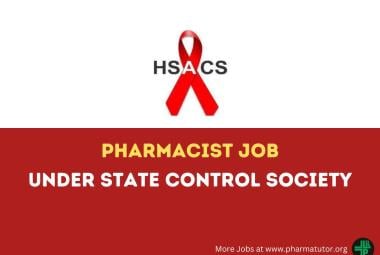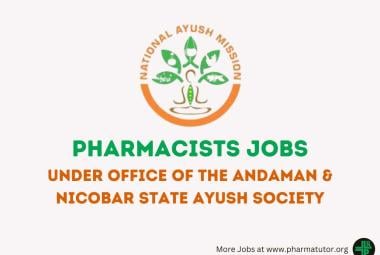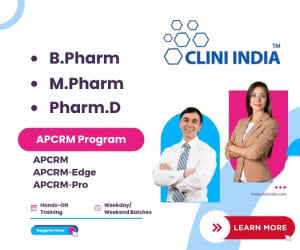 About Authors:
About Authors:
Mr. Satyanand Tyagi*, Patel Chirag J1, Asheesh Singh2
*President, Tyagi Pharmacy Association & Scientific Writer (pharmacy), Chattarpur, New Delhi, India-110074.
Prof. Satyanand Tyagi is a life time member of various pharmacy professional bodies like IPA, APTI and IPGA. He has published various research papers and review articles. His academic works include 52 Publications (44 Review Articles and 08 Research Articles of Pharmaceutical, Medicinal and Clinical Importance, published in standard and reputed National and International Pharmacy journals; Out of 52 publications, 11 are International Publications).
He has published his papers almost in different specialization of Pharmacy field...His research topics of interest are neurodegenerative disorders, diabetes mellitus, cancer, rare genetic disorders, psycho-pharmacological agents as well as epilepsy.
1Department of Pharmaceutics, Maharishi Arvind Institute of Pharmacy, Mansarovar, Jaipur, Rajasthan, India-302020.
2Research Associate, Center for Research and Development, Ipca Laboratories Ltd Ratlam, Madhya Pradesh, India-457114.
*sntyagi9 @yahoo.com, +91-9871111375 / 9582025220
ABSTRACT:
Prior studies have suggested that depressed people with evidence of high inflammation are less likely to respond to traditional treatments for the disorder, including anti-depressant medications and psychotherapy. This study was designed to see whether blocking inflammation would be a useful treatment for either a wide range of people with difficult-to-treat depression or only those with high levels of inflammation. The study employed infliximab, one of the new biologic drugs used to treat autoimmune and inflammatory diseases such as rheumatoid arthritis and inflammatory bowel disease. A biologic drug copies the effects of substances naturally made by the body's immune system. In this case, the drug was an antibody that blocks tumour necrosis factor (TNF), a key molecule in inflammation that has been shown to be elevated in some depressed individuals. Study participants all had major depression and were moderately resistant to conventional antidepressant treatment. Each participant was assigned either to infliximab or to a non-active placebo treatment. When investigators looked at the results for the group as a whole, no significant differences were found in the improvement of depression symptoms between the drug and placebo groups. However, when the subjects with high inflammation were examined separately, they exhibited a much better response to infliximab than to placebo.
 About Authors:
About Authors: 


 About Authors:
About Authors:  About Authors:
About Authors:  About Authors:
About Authors: 

 About Authors:
About Authors: 
 About Authors:
About Authors: 







.png)

